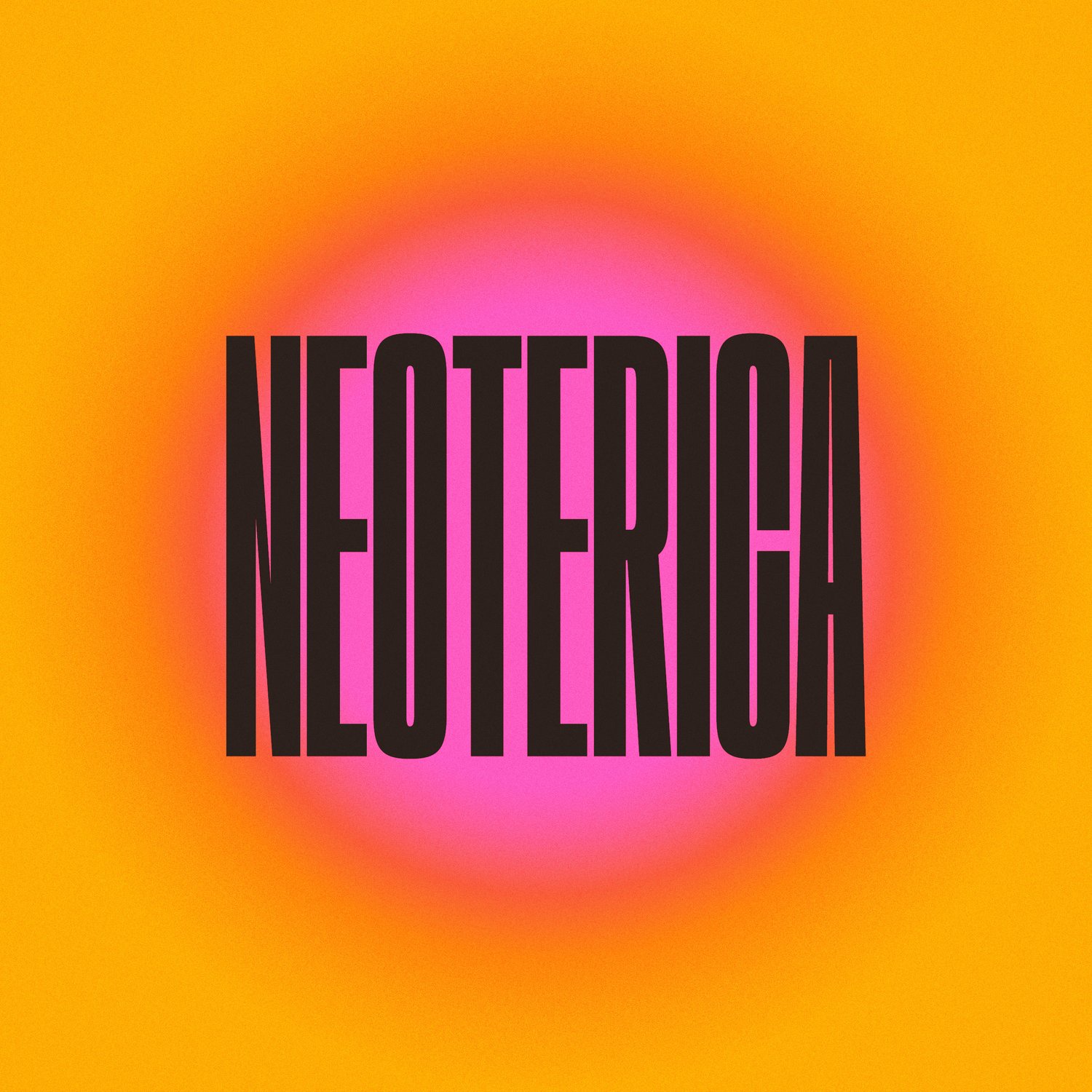Marie Falcinella
Image: Lara Merrington, 2023
Marie Falcinella writes about Sonja Porcaro in Neoterica 2024.
No Italians
No children
No dogs.
We learn language by repetition. As infants, words are spoken to us over and over and, eventually, we repeat them. Words spoken are immaterial, yet we can carry them for a lifetime. Porcaro’s father saw this sign on the front door of rental properties as a young child newly arrived to Australia. He had already heard the words enough times for them to have weight.
Load-bearing arches have been used in architecture across ancient civilisations, their significance being structural, aesthetic and symbolic. Arches and keystone technology allowed the buildings and monuments of Ancient Rome to span great distances as symbols of power and triumph and as a threshold between realms of the mortal and the divine. In many cultures, arches in places of worship offer an experience of transcendence; passing through an arch does not move a person from one place to another place, but from one time to another time, a portal dividing history from eternity.1
Porcaro offers us her arch. Curving lightly, the structure of large, fine steel mesh is supported by thin, knotted legs of raw pine. The materials speak to the labour of her parents and grandparents who migrated to Australia from the South of Italy in the early 1950s. The crate-sized ‘bricks’ are a homage to their days running the family fruit and vegetable stores, the wooden support structure evoking the stakes and trellises of their abundant vegetable gardens. The wood also speaks to Porcaro’s father, a clever woodworker who made toys and other household items for the family. The mesh bricks are supported by spools of coloured cotton thread. These speak of Porcaro’s mother, whose maiden name, Arcobelli, was the genesis for this artwork and roughly translated means ‘beautiful arch’. A skilled seamstress, she would make clothing for the family and occasionally for others as a second income. More broadly, the vintage cotton spools sourced from secondhand stores speak to the quiet, unrecognised domestic labour and resourcefulness of migrant women, the mortar holding families and communities together. While this arch may seem precarious, it is built on a solid foundation of (un)skilled labour and ingenuity essential for those building a new life in a distant country.
There is a signature lightness to Porcaro’s work, a drawing in space that harks back to her earliest memories of creative play, where, at the feet of her mother, she would create drawings on the floor with discarded cotton threads. It is unsurprising that, years later at art school, she would form an affinity for Minimalism, for paring back to what is essential to focus on the occupation of space, a dance of inclusion and exclusion.
Boundaries are visible and invisible, solid and permeable. Passage across them is offered to some and denied to others. In this sense, Porcaro’s arch becomes a security screening, a surveillance mechanism, a who are you and what do you carry?
A beautiful arch
A pig herder.
A saddle
A sickle.2
We are shaped by our histories, received to us in fragments, glimmering and elusive. If we are lucky, the pieces can be stitched together to form something solid to hold on to, something that feels like truth. For Porcaro, the mutability of identity and, in the tradition of Derrida, the deconstruction of that which has been constructed- truth, language, systems of power- warrant interrogation.3
The words on the sign change, their weight borne by a new wave of hopeful migrants looking to build a new life. Like learning a language, history is repeated, over and over. The only difference is we are slow to learn.
1 C Demetrescu, ‘Symbols in Sacred Architecture and Iconography’ in Journal of the Institute of Sacred Architecture, Vol.3, (2000)
2 This stanza refers to the translations and historic occupations implied in the paternal and maternal Italian surnames of both the artist and the writer.
3 Jaques Derrida, Of Grammatology, (The John Hopkins University Press, 1974)
Marie Falcinella is a writer, arts administrator and project facilitator living and working on Peramangk and Kaurna Country. Marie’s work in the visual arts has primarily been with Aboriginal artists, art centres and peak bodies across Arnhem Land, Top End, Anangu Pitjantjatjara Yankunytjatjara (APY) Lands and regional South Australia, where she has delivered strategic development support and facilitated community-led projects. Marie has a Graduate Diploma in Art History from Adelaide University and studied Art Criticism and Writing with Node Center for Curatorial Studies, Berlin. Her writing has been published in Artlink, fine print Magazine, and a range of artist publications and exhibition catalogues.

